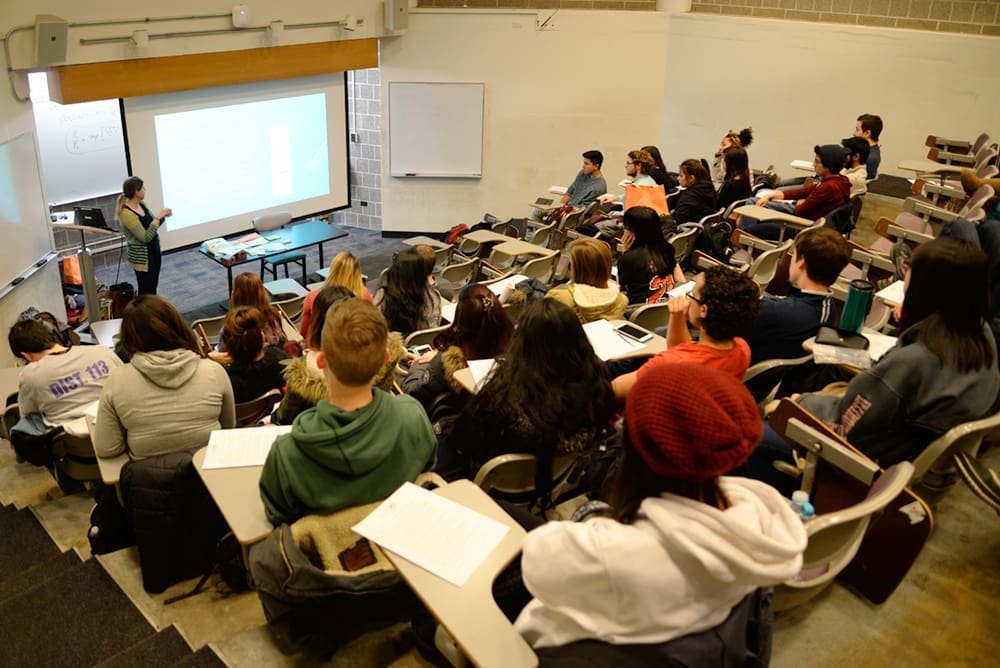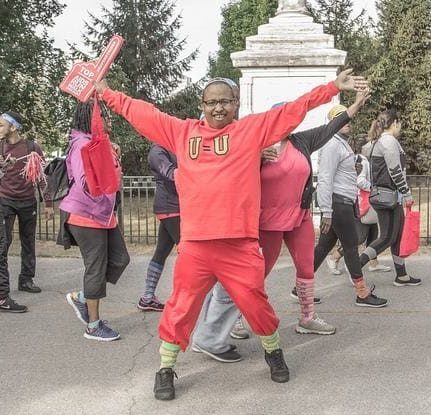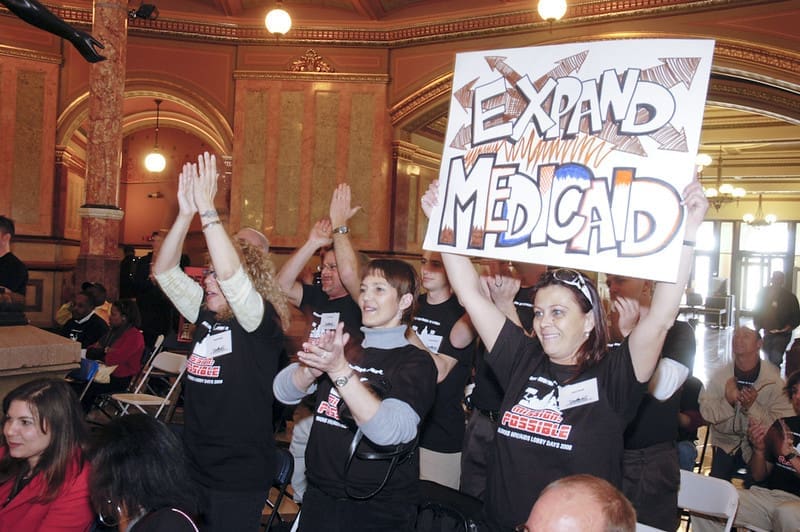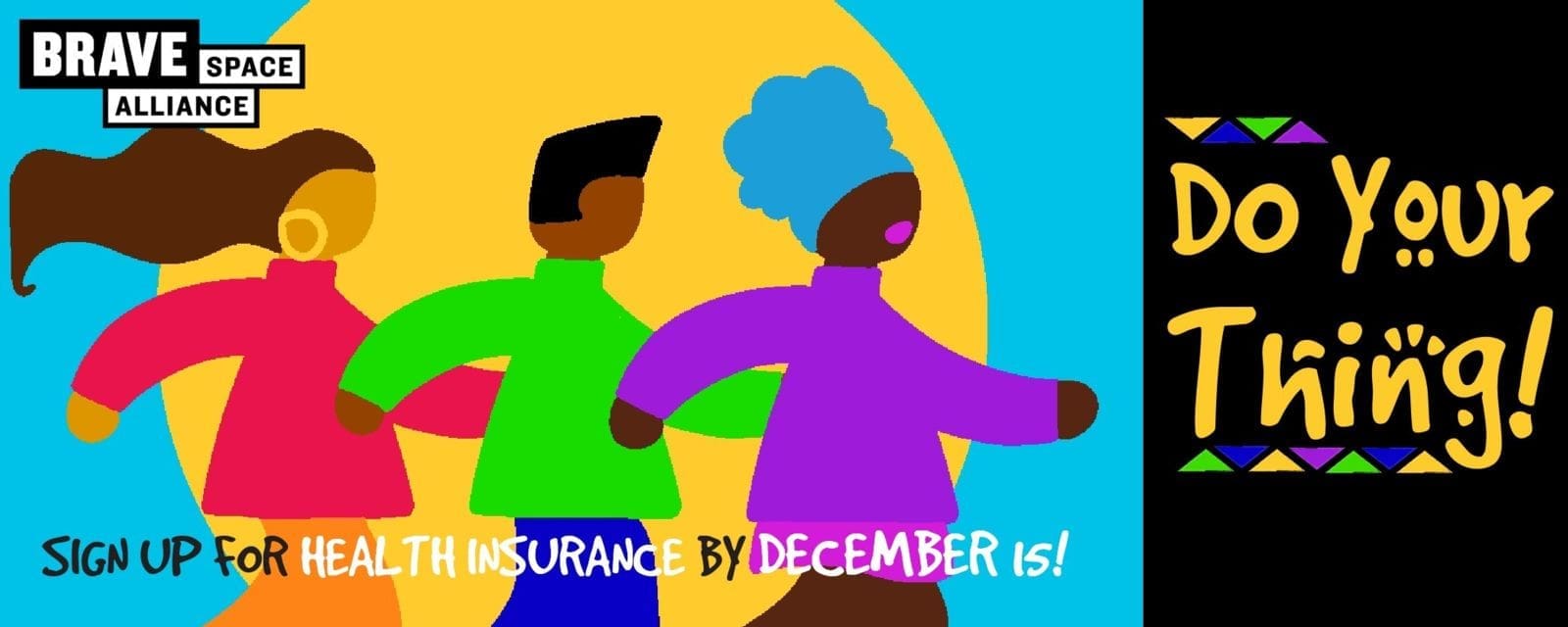Whether lessons come through word-of-mouth, personal experience or in an educational setting, high school is a difficult and exciting time for health education.
 Peer Health Exchange (PHE), a volunteer-taught health curriculum hopes to shape teens’ conversations around sexual health, mental health and substance use. By recruiting college student volunteers to teach high school-age youth about these complicated topics, PHE knows that the information teens need about health — especially about sexual health — is best explained by slightly older peers, who can offer real-life support through the 13-workshop curriculum they teach.
Peer Health Exchange (PHE), a volunteer-taught health curriculum hopes to shape teens’ conversations around sexual health, mental health and substance use. By recruiting college student volunteers to teach high school-age youth about these complicated topics, PHE knows that the information teens need about health — especially about sexual health — is best explained by slightly older peers, who can offer real-life support through the 13-workshop curriculum they teach.
When PHE wanted to expand its culturally-relevant, age-appropriate, and medically-accurate lessons around sexual health to broaden volunteers’ knowledge about female condoms, the Chicago Female Condom Coalition (CFCC) was there to support them.
Celebrating its fifth year of advocacy for the female condom (a sexual protection tool for receptive partners of all genders), the CFCC is a coalition of HIV, reproductive justice, women’s health and gay men’s health organizations dedicated to increasing access, affordability, availability, awareness and use of female condoms.
Raising awareness of this alternative to the male condom is key to the CFCC’s success; in the winter of 2013, Peer Health Exchange Program Director Brittany Merritt connected with Sara Semelka, CFCC’s program manager and discussed ways the two organizations could broaden exposure to female condoms through Peer Health Exchange.
“PHE has always had female condoms in our curriculum, so the CFCC training helped deepen our volunteers’ knowledge on the subject by providing them with training from another perspective,” said Clare Austen-Smith, Chicago program manager for Peer Health Exchange.
These trainings have been taking place at peer training workshops at Northwestern, DePaul, the University of Illinois-Chicago and the University of Chicago since early 2014; for an hour, Semelka or another female condom expert teach up to 50 volunteers how to use and answer questions about female condoms.
“Since we’ve had CFCC trainings, I’ve seen volunteers handle questions about FC2s [the only approved brand of female condoms in the U.S.] much better,” noted Austen-Smith.
This aspect of sexual liberation for women is what makes Peer Health Exchange volunteer Taylor Janeczek so eager to spread the word about them.
“I like the fact that women have the right to wear a condom, as opposed to men,” said Janeczek, a student at the University of Illinois-Chicago. “I’m big into women’s rights and I really like that aspect.”
 “Female condoms aren’t just another form of sexual protection — they are a way for women and all receptive partners to take control over their own sexual health,” said Semelka. “The male condom is an excellent tool at preventing sexually transmitted infections like HIV from passing between partners, but they always require the insertive partner to comply.”
“Female condoms aren’t just another form of sexual protection — they are a way for women and all receptive partners to take control over their own sexual health,” said Semelka. “The male condom is an excellent tool at preventing sexually transmitted infections like HIV from passing between partners, but they always require the insertive partner to comply.”
Volunteers aren’t the only ones benefiting from the workshops about female condoms and other prevention tools — Austen-Smith notes that the number of high school students in their Chicago program who knew where to obtain contraceptives grew by 85% over the course of the program.
“People would be more apt to try [female condoms] if they just knew more about them,” said Janeczek. “Clearing up that cloud of confusion about them would help them make the choice to use female condoms.”
And with every sexual health workshop she and her fellow Peer Health Exchange volunteers lead with this newfound information about female condoms, this tool for receptive partners to protect themselves can become more commonly used.



